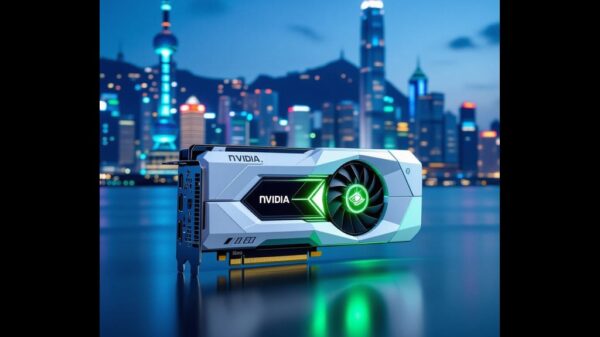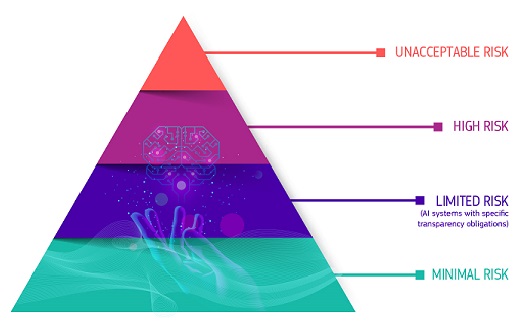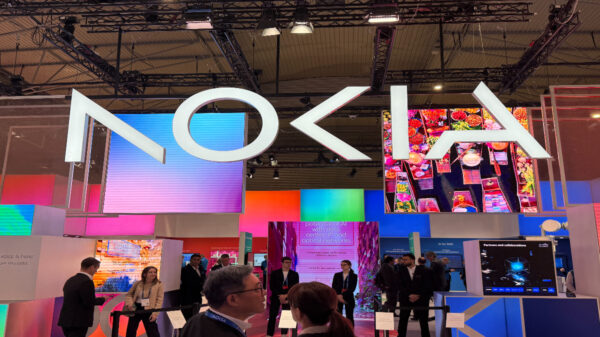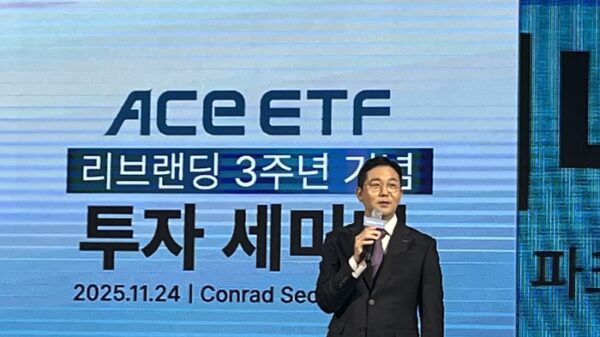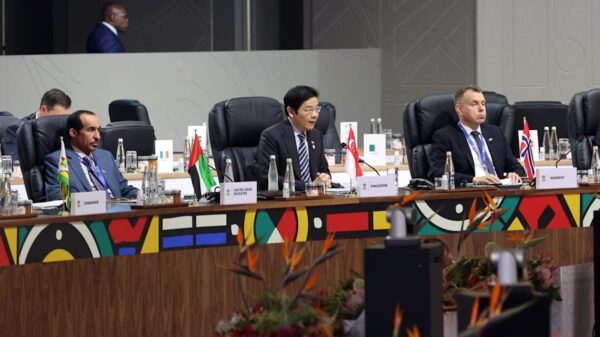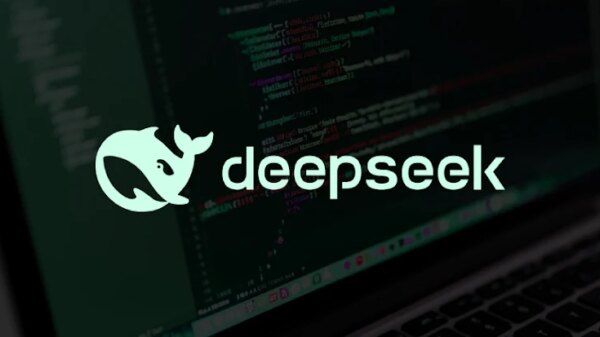It began with a casual discussion over fried chicken, but the implications were far from trivial. At the APEC 2025 summit in South Korea, NVIDIA’s CEO Jensen Huang engaged in talks with leaders from Samsung and Hyundai. This high-profile meeting signaled a significant deal: the distribution of over 250,000 graphics processing units (GPUs) aimed at bolstering South Korea’s growing AI infrastructure.
While this development may appear to be a leap forward for technological progress in East Asia, it also underscores an alarming environmental cost that is not receiving adequate attention. This concern is further explored in the latest episode of the System Shift podcast, where Greenpeace East Asia investigates the collateral damage of NVIDIA’s soaring valuation and questions who truly bears the burden of the AI boom.
The Hidden Costs of AI Infrastructure
For years, companies like SK Hynix and Samsung in South Korea, along with TSMC in Taiwan, have played a pivotal role in NVIDIA’s ascendance. Together, they form the backbone of the global AI industry by producing the essential chips that power data centers and supercomputers around the world. Their ambitious plans have transformed East Asia into a thriving electronics hub.
However, this technological success is accompanied by a troubling reality: the environmental toll is steep. The growing demand for AI chips is paralleled by an escalating need for electricity. According to Greenpeace East Asia’s 2024 report titled Chipping Point, the semiconductor sector could consume a staggering share of local electricity, with projections of up to 20% of Taiwan’s total power consumption and 30-40% of South Korea’s industrial energy usage by 2030. Alarmingly, fossil fuels still account for over 50% of energy sources in both regions.
To keep pace with this spiraling demand, governments are reverting to fossil fuels and exploring nuclear options. In Yongin, South Korea, six new LNG power plants have been approved to meet the energy needs of the AI sector. This decision has ignited legal challenges, with 450 residents and civil groups suing the government over potential climate and health risks. Meanwhile, Taiwan, once lauded for its nuclear-free stance, is reconsidering its previous opposition to nuclear energy, as even Huang—born in Taiwan—has called nuclear a “good option for the island.”
Communities Bear the Brunt
The fallout from this energy expansion is not theoretical. In Taiwan, plans for additional gas power plants have raised public health alarms, especially after a gas leak explosion at the Hsingda Power Plant in September 2025 sparked outrage among local residents. Research from Greenpeace Taiwan has revealed that communities living near power and petrochemical facilities are at heightened risk for air pollution, with 191 such facilities identified across 13 cities and counties, putting nearly 40% of the population—including 1.15 million children and 1.59 million elderly individuals—in high-risk zones.
Those living on the front lines of AI development are experiencing the costs of digital transformation firsthand.
The Silence of Corporate Responsibility
Despite its unprecedented valuation of $5 trillion, NVIDIA has yet to commit to reducing emissions from its extensive supply chain, which accounts for more than 80% of its total carbon footprint. Much of this supply chain is based in East Asia, where there remains no definitive action to facilitate a transition to renewable energy or to enhance local environmental conditions, as highlighted by Greenpeace East Asia’s recent assessments.
This corporate silence conveys a stark message: the “partners” in Asia are being treated not as equals but as mere stepping stones toward global AI dominance. Greenpeace advocates are witnessing the human costs of this injustice, observing communities coping with new power plants, children threatened by polluted air, and families fighting for their rights to clean energy.
The latest episode of the System Shift podcast delves deeper into the intersection of AI’s advancements and sustainability, exploring how to foster a digital future that prioritizes ecological integrity. True innovation should not be measured solely by speed or market value but by its care for people, the planet, and future generations.
To contribute to this vision of a sustainable AI future, you can join the Clean AI, Clean Future initiative by signing the petition linked below.
 Zenika Singapore Boosts Regional Growth with Key Leadership Hires in AI Engineering
Zenika Singapore Boosts Regional Growth with Key Leadership Hires in AI Engineering DeepMind Hires Ex-Boston Dynamics CTO to Accelerate AI Robotics Development
DeepMind Hires Ex-Boston Dynamics CTO to Accelerate AI Robotics Development UNSW Launches OpenAI ChatGPT Edu Licenses to Enhance AI Literacy for Staff
UNSW Launches OpenAI ChatGPT Edu Licenses to Enhance AI Literacy for Staff SoulGen 2.0 Launches with 38% Boost in Motion Accuracy and 74% Color Fidelity Improvement
SoulGen 2.0 Launches with 38% Boost in Motion Accuracy and 74% Color Fidelity Improvement Anthropic Secures $15B from Microsoft, Nvidia in $30B Azure AI Partnership
Anthropic Secures $15B from Microsoft, Nvidia in $30B Azure AI Partnership
